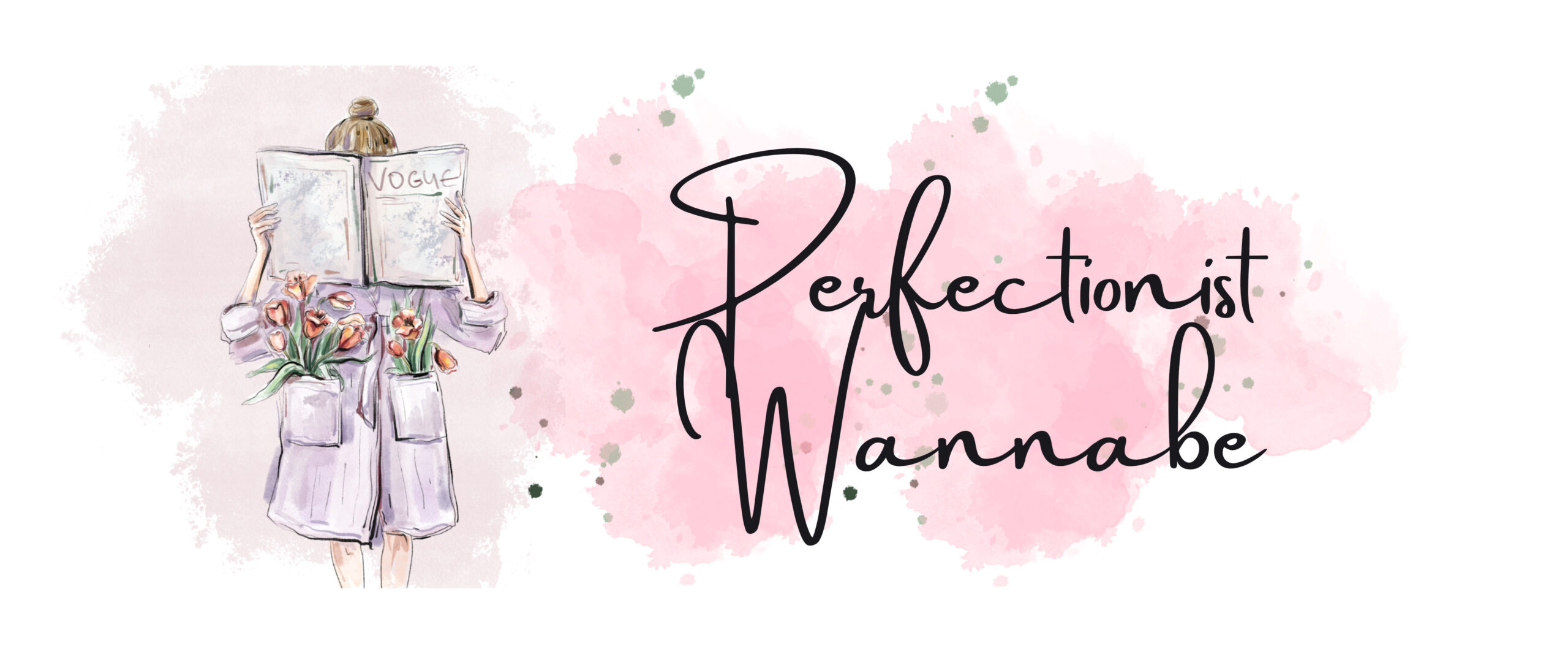 Coffee table books, especially large books of art, are never cheap. Finding the right one for your home when there are so many to choose from may seem a little daunting at first. Then when you’re at the bookstore and find just the right book, it’s either too big to carry home or the price tag doesn’t match your budget.
Coffee table books, especially large books of art, are never cheap. Finding the right one for your home when there are so many to choose from may seem a little daunting at first. Then when you’re at the bookstore and find just the right book, it’s either too big to carry home or the price tag doesn’t match your budget.
In the picture, you can see the large Manet and the Tissot. In the background, there’s a Bernini and Rubens. What you don’t see is the big book from the Louvre, another on Italian architecture and another on Flemish music. Either I have a love for large books or I found them on sale.
Trust me, it was the latter. My library has seasonal book sales where people in the community donate books they don’t want (including the area schools). I picked up all of these art books for $2 each. It was just luck that I happened by when they were unloading so many art books.
I picked up books from my favorite artists, and artists I wanted to know more about, like Bernini and Tissot. I chose books that had large illustrations, but also had plenty of details in the narrative where I could learn more about the artists.
Out of all books I’ve found on artists, this book is my favorite from David Sylvester on Magritte: Magritte: The silence of the world. I loved it so much the first time I saw it, I didn’t return it to the library until it was 6 months overdue. I couldn’t justify spending $100 on one of my own. Luckily, it went down to $30 (guess what I’m getting for my birthday), because there is a newer version (published in 2010): Magritte
Finding the right book is all about what you want to take from the story of the artist. Does his work speak to you? Does the artist’s story speak to you?
The reason why Magritte’s book was very meaningful to me all surrounded the story of the artist and why he chooses to hide the face of the subject in his paintings. His story brinks on the form of madness, the loss of someone he loved, and disconnection.
I’ll spoil the story for you…Magritte’s mother committed suicide when he was a child. She drowned herself. When they pulled her out of the water, her nightgown was over her head. That’s how Rene Magritte saw his dead mother. That’s why he paints faces like that.
After having lost someone dear to me, I understood Magritte’s loss and how, at times, it can force you to the brink of madness…the memories. I think, for myself, I related to Magritte because someone I loved had committed suicide when I was younger. I understood how he felt and I could see his loss in his paintings. I could feel that same sorrow, but I also saw the great beauty and bigger understanding of the universe as a whole in his paintings.
Discovering an artist you can relate to and finding the right book that tells the story in a way that moves you, THAT is the right art book for you. Many of the art books I own are both decorative and they also help me to learn more about the artist.
Magritte’s story by David Alexander is told so well…like I said, I had a hard time parting with the book. You may think I had a hard time parting with the book because I love Magritte’s work…that’s not true at all. I actually don’t like his work at all. His artwork haunts me. To me, his artwork is my definition of insanity, but at the same time, his artwork is like a ball of memories for me…and yes, that ball is a symbolism in his artwork.
Find an artist that speaks to you in ways you can’t even imagine, like Magritte speaks to me. His work comes from a very dark place in the psyche. For those who have lost someone they loved to suicide, his work explains things that cannot be explained with words.
There are plenty of artists and books out there that help people to heal. Magritte was my way of healing and understanding. For the next phase in my life, who knows what artist’s story will define me and my life. When I discover that book, it will be when I need it the most.
